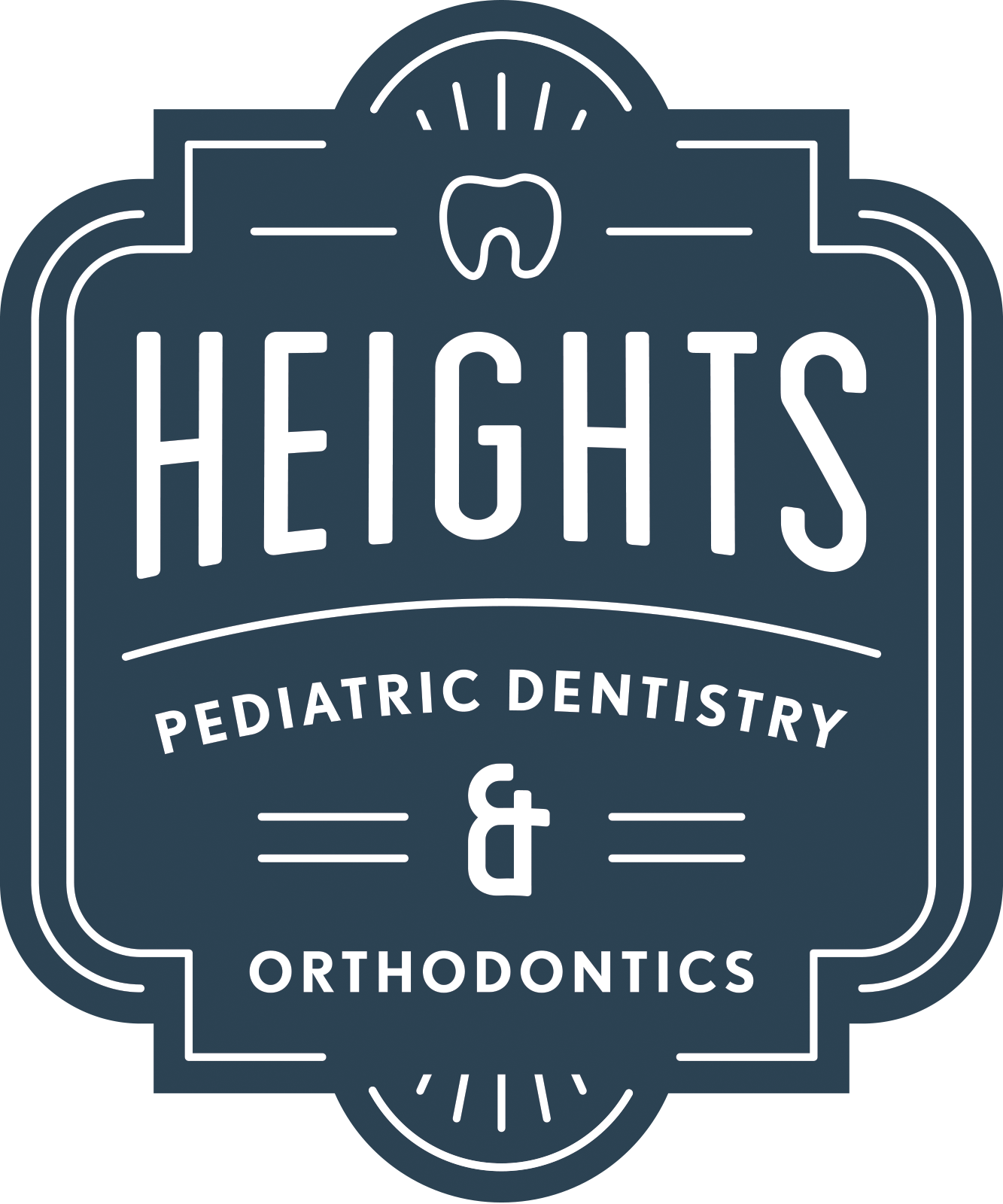Thumb Sucking Tools
/“Non-nutritive sucking” is a normal behavior in children. As dental professionals we are often asked by concerned parents when and how to help their children stop sucking on thumbs, fingers, or pacifiers.
Let us start from pacifiers. These tools are wonderful self-calming devices for babies. For the first months of child’s development they aid both kids and parents with much needed sleep. However, if used for a long time, they become a crutch and a powerful “orthodontic” device that can reshape the jaws and move teeth. It is hard to determine when exactly we should take pacifiers away, but our advice is to do it around eighteen months of age. Past that age children become more psychologically than physically attached to pacifiers. It is never easy for us as parents to take this step, but we do need to remember that we are in control of the pacifier. Some parents choose to take the pacifiers away “cold turkey” and prepare for few nights of fussy misery. Others take a gentle approach of cutting off the tip a little at a time or using a Lily Pacifier system, which has a series of pacifiers each with smaller tip that eventually lead to weaning. It usually does not take but a few nights for children to forget about this device. The longer we wait to take this step, the harder it will be as children outsmart us and know how to tug our heart strings as they get older. Any “damage” done by the pacifier to the jaw can be corrected. Young bones are soft and flexible and simply removing the pacifier with allow the tongue, the cheeks, and the teeth to reshape the jaws back to the natural state. The earlier we are able to get rid of the pacifier, the greater the chances are for this “self-reshaping”.
On the other hand, thumbs and fingers cannot be removed! Many parents struggle with these habits for years. Some children wean themselves at an early age, but most will continue the habit well into the school age. We tell all our families that little can be done until the child is of an age that he or she understands the importance of quitting this habit. Children under three years of age rarely can be convinced to remove the thumb. We advise our families to positively talk to their children about the thumb or finger starting at about that time. We encourage parents to give children examples of their childhood heroes who do not suck fingers or thumbs. If sucking behavior is connected with a favorite toy or blanket, it must be removed as otherwise it provides an irresistible trigger. Rewards for not sucking on thumbs or fingers can be utilized starting at about the age of three with sticker charts or promises of a prize to celebrate success. Physical barriers can also be used as reminders during idle or tired times. Those range from gloves, plastic thumb/finger guards, fabric guards that look like one finger/thumb gloves, to a variety of dental guards made by the dentist. At Smiles For Kids we encourage our families to try home remedies before we discuss the dental thumb guards. We have candid discussions with the children about thumb/finger sucking and we run our own reward program for our patients including a “wall of winners”. If all these methods fail by the time that permanent teeth are ready to erupt (around the age of six), we discuss dental appliances with children and parents. These appliances are metal cribs attached on ring-like bands glued on the back upper molars. They provide a physical barrier to the suction that gives children the soothing and satisfaction. These appliances are passive and do not hurt, but they limit certain foods and can cause speech difficulty for a limited time. We advise parents and children to keep it for six months as that’s usually a substantial time to retrain the brain. Some families chose to have it removed earlier and we keep the appliance in our office so we can place it back in the mouth in case of a relapse.
All habits are hard to break! We realize that it takes work and dedication to get rid of a habit, and we believe in a team approach. Like with the pacifiers, any damage to the jaws and teeth will eventually be corrected either be itself or by orthodontic appliances. We try to provide parents and children encouragement and resources on this journey and we celebrate their eventual success!
